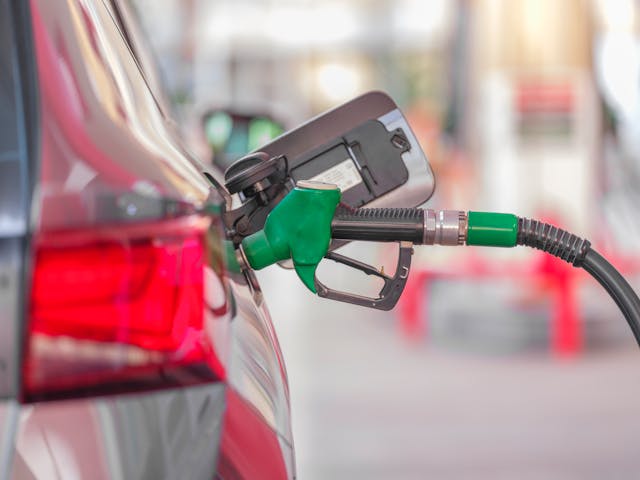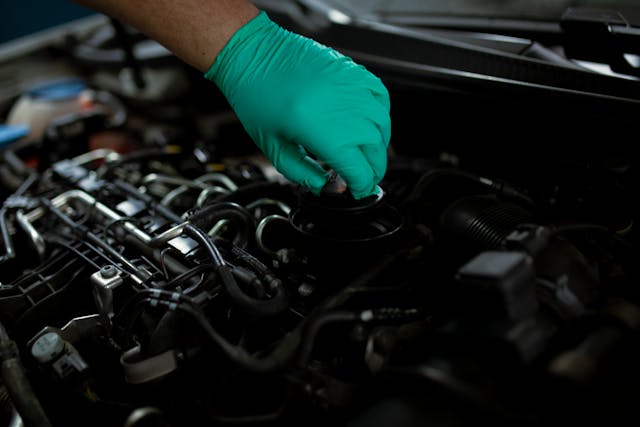The Southeast Asian (SEA) automotive lubricants market is poised at a critical juncture where supply chain optimization can significantly enhance operational efficiency and competitive edge. Despite the region's robust growth in the automotive sector, several supply chain issues persist, impacting the overall efficiency and profitability of lubricant manufacturers and distributors.
One of the primary challenges in the SEA automotive lubricants market is the complexity of the supply chain, which spans multiple countries with varying regulatory environments, infrastructure quality, and market dynamics. Moreover, the oil and gas supply chain is complex and faces numerous challenges that can affect its efficiency and reliability. These challenges span various stages of the supply chain, from exploration and production to transportation, refining, and distribution.
This complexity often leads to inefficiencies such as delayed shipments, high transportation costs, and difficulty maintaining optimal inventory levels. Additionally, the reliance on traditional supply chain management practices exacerbates these issues, resulting in poor visibility and control over the supply chain operations.
Supply Chain Innovations in SEA
Digitalization presents many opportunities to address these challenges and transform the supply chain landscape to optimize automotive lubricants logistics in SEA. By leveraging advanced technologies, companies can gain real-time visibility into their inventory, enhance demand forecasting accuracy, and optimize logistics and distribution processes. Real-time inventory visibility, facilitated by technologies like RFID and barcode systems, enables lubricant manufacturers to monitor stock levels accurately and respond promptly to fluctuations in demand. Some of the early adopters of these innovations are Petronas from Malaysia and Pertamina from Indonesia.
Demand forecasting is another critical area where digital tools can make a substantial impact. Utilizing data analytics and machine learning algorithms, companies can predict future demand more accurately, allowing for better alignment of production schedules and inventory management. This not only reduces the risk of overstocking or stockouts but also improves the overall responsiveness of the supply chain. Chevron and Shell are some companies that adopt this technology in its initial phase.
Logistics and distribution optimization are also crucial for improving supply chain efficiency. Advanced route planning and optimization tools help streamline delivery routes, reduce transportation costs, and ensure timely product distribution. For instance, real-time location tracking of shipments and field workers through connected devices can significantly improve operational efficiency and response times, particularly in emergencies. Petronas soon adopted this technology, partnering with Tata Consultancy Services to create DOVE (Drive Optimisation Value for Enterprise) for vessel scheduling optimization.
Moreover, digitalization fosters collaboration and integration across the supply chain. By using digital platforms, lubricant producers can collaborate more effectively with suppliers, distributors, and customers, improving coordination and information sharing. This enhanced collaboration can result in better decision-making and more efficient supply chain processes.
While the SEA automotive lubricants market faces significant supply chain challenges, integrating digital technologies offers promising solutions. Companies can overcome existing inefficiencies and enhance their supply chain performance by adopting advanced digital tools for real-time inventory management, accurate demand forecasting, and logistics optimization. Embracing these digital transformation opportunities is essential for staying competitive and meeting the evolving demands of the market in the digital age.
To get further insight into other developments in the automotive and logistics industry, subscribe to our newsletter here and check out these reports:
- Automotive Lubricants in the Digital Age: Trends and Opportunities for SEA
- Global Sourcing and Procurement Outlook
- Logistics in SEA: Exploring Innovations Within Last Mile Logistics







